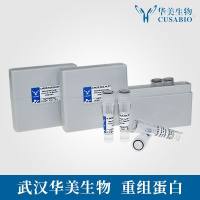This chapter reviews recent applications of mass spectrometry to systematic toxicological analysis (STA), where extended lists of compounds of toxicological interest are screened, as well as to the general unknown screening (GUS), where all exogenous compounds present in a sample are tentatively detected and identified, without any preselection. Many recent improvements in sample preparation, chromatographic separation, gas chromatography-mass spectrometry, and above all liquid chromatography-mass spectrometry techniques are described, which are applicable or have been applied to STA and/or GUS, generally with promising results. These improvements come from miniaturization and automation of solid-phase extraction, turbulent-flow or ultrahigh-pressure liquid chromatography, linear ion traps, accurate (e.g., time of flight or orbital trap) mass spectrometry, as well as software refinements to alternate between different ionization modes or automatically interpret the results. It also shows that robust LC-MS/MS techniques already exist for STA or GUS, which are at least as efficient as the traditional techniques used in most toxicology laboratories, such as GC-MS or high-performance liquid chromatography with diode-array detection, as shown by three comparative studies. However, the major drawback of LC-MS/MS in the full-scan mode for STA or GUS is that it still lacks universal reference libraries due to insufficient reproducibility of LC-MS(/MS) mass spectra obtained with different instrument types.
![6-氯-2-[(2,4-二氯苯基)甲基]-1H-1,3-苯并二唑;1274937-58-4;>95%(LC-MS);V10687-1g](https://img1.dxycdn.com/p/s14/2025/1029/004/8672158669127143891.jpg!wh200)





